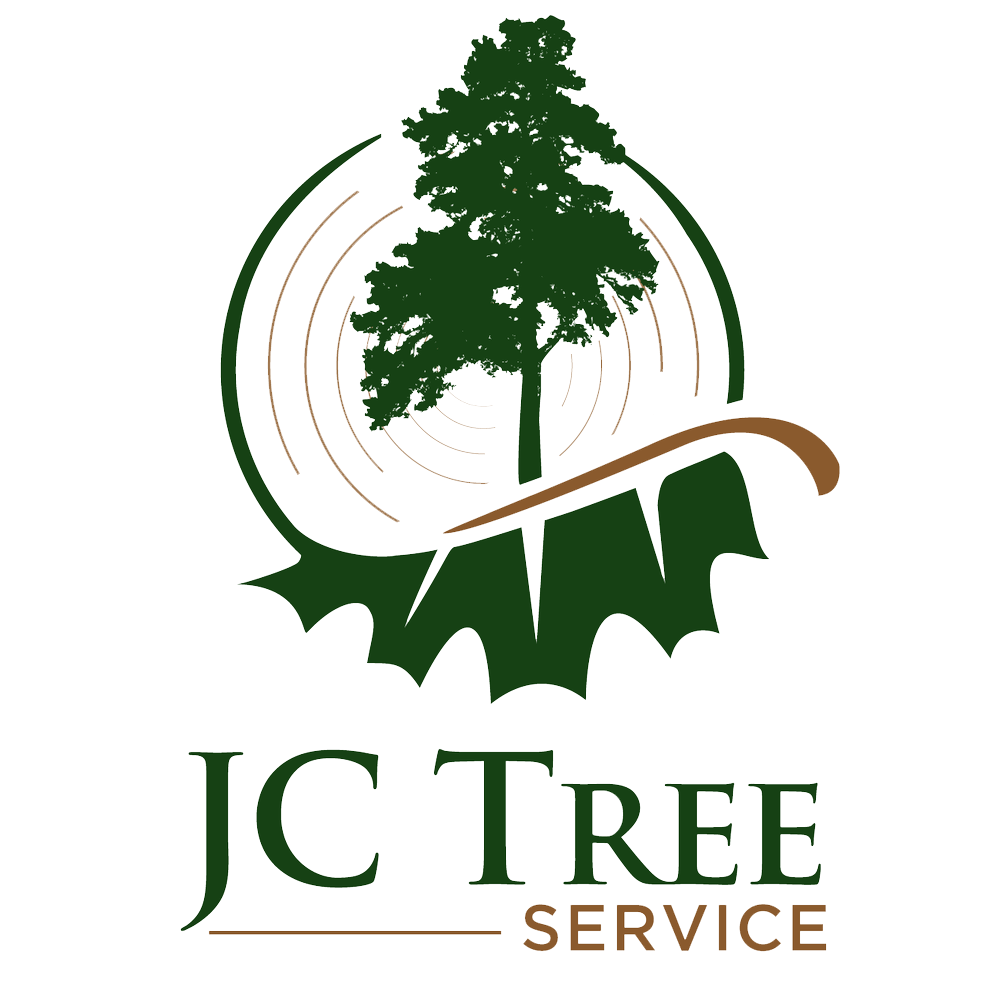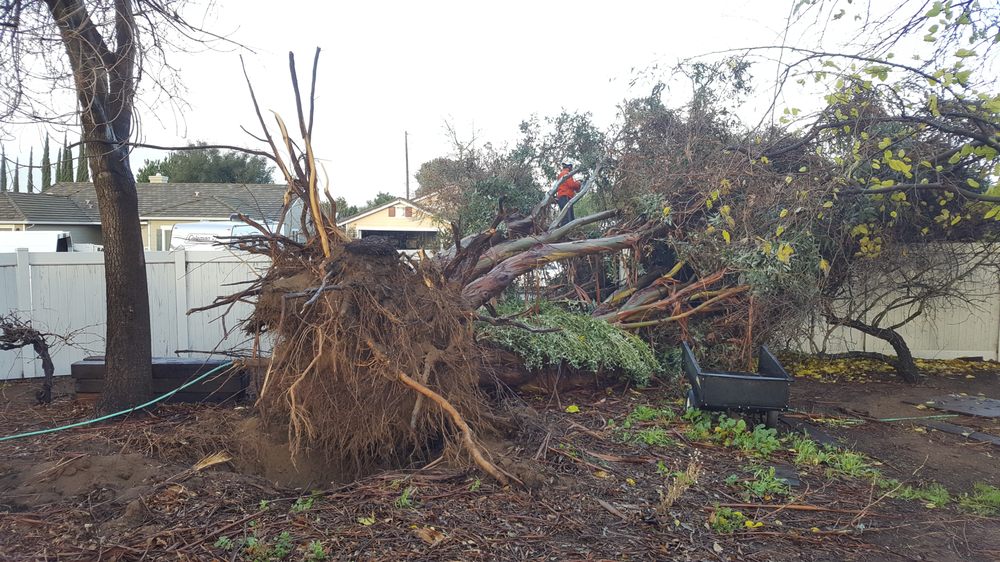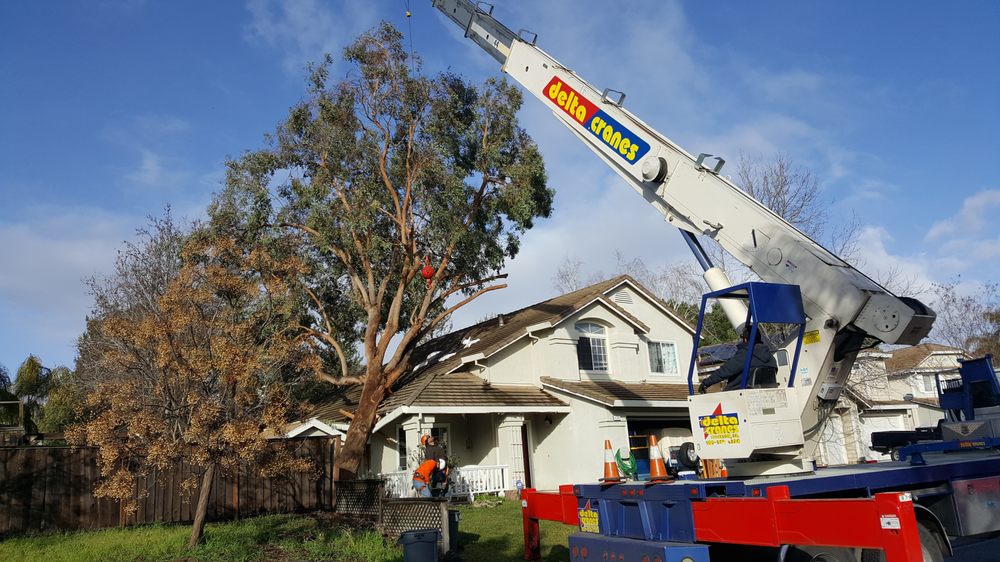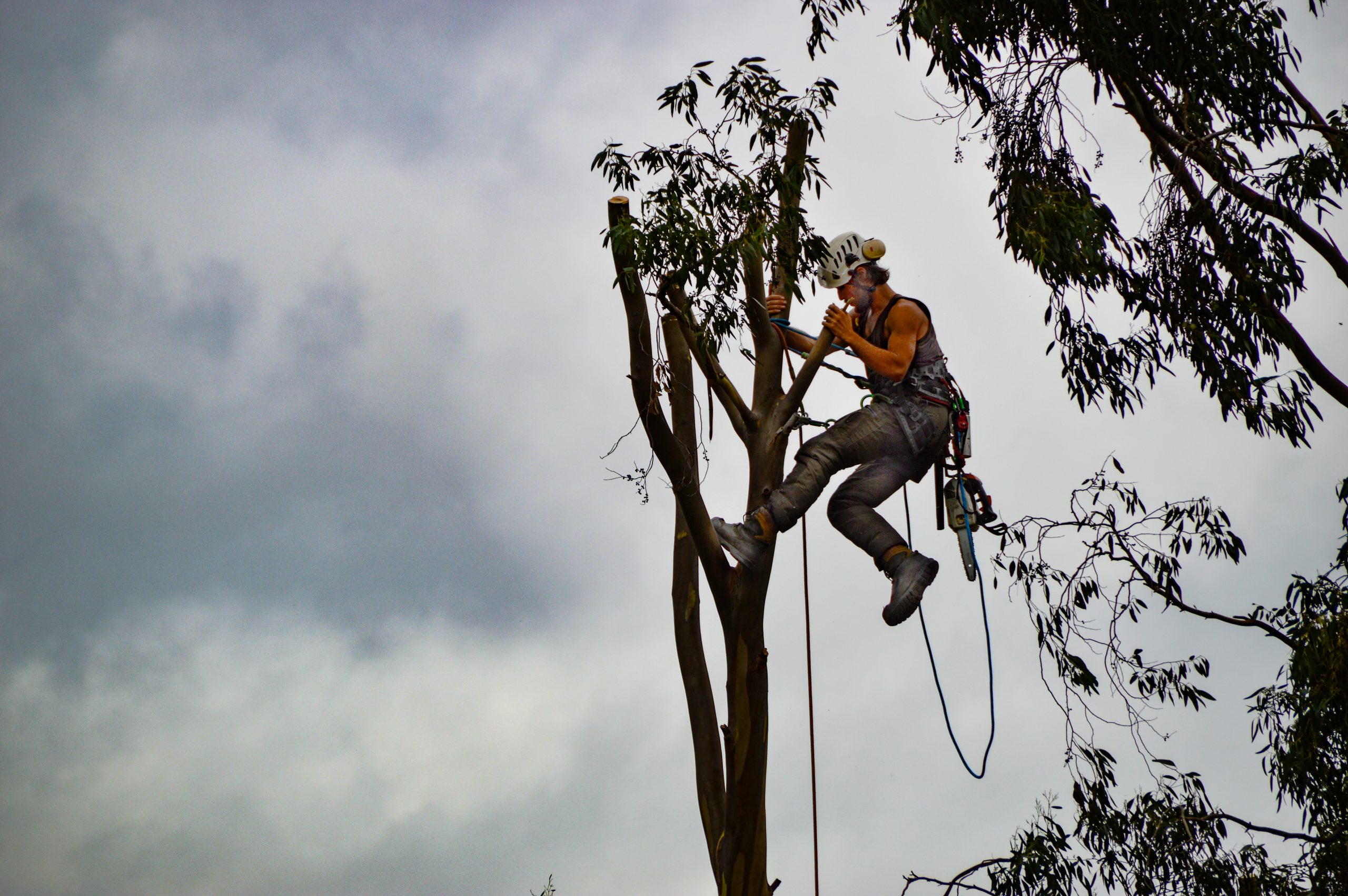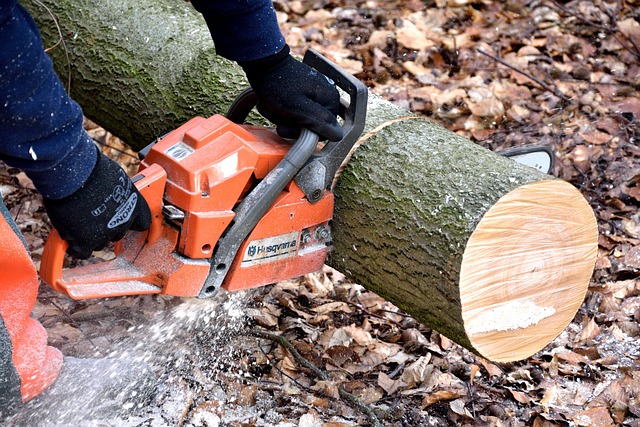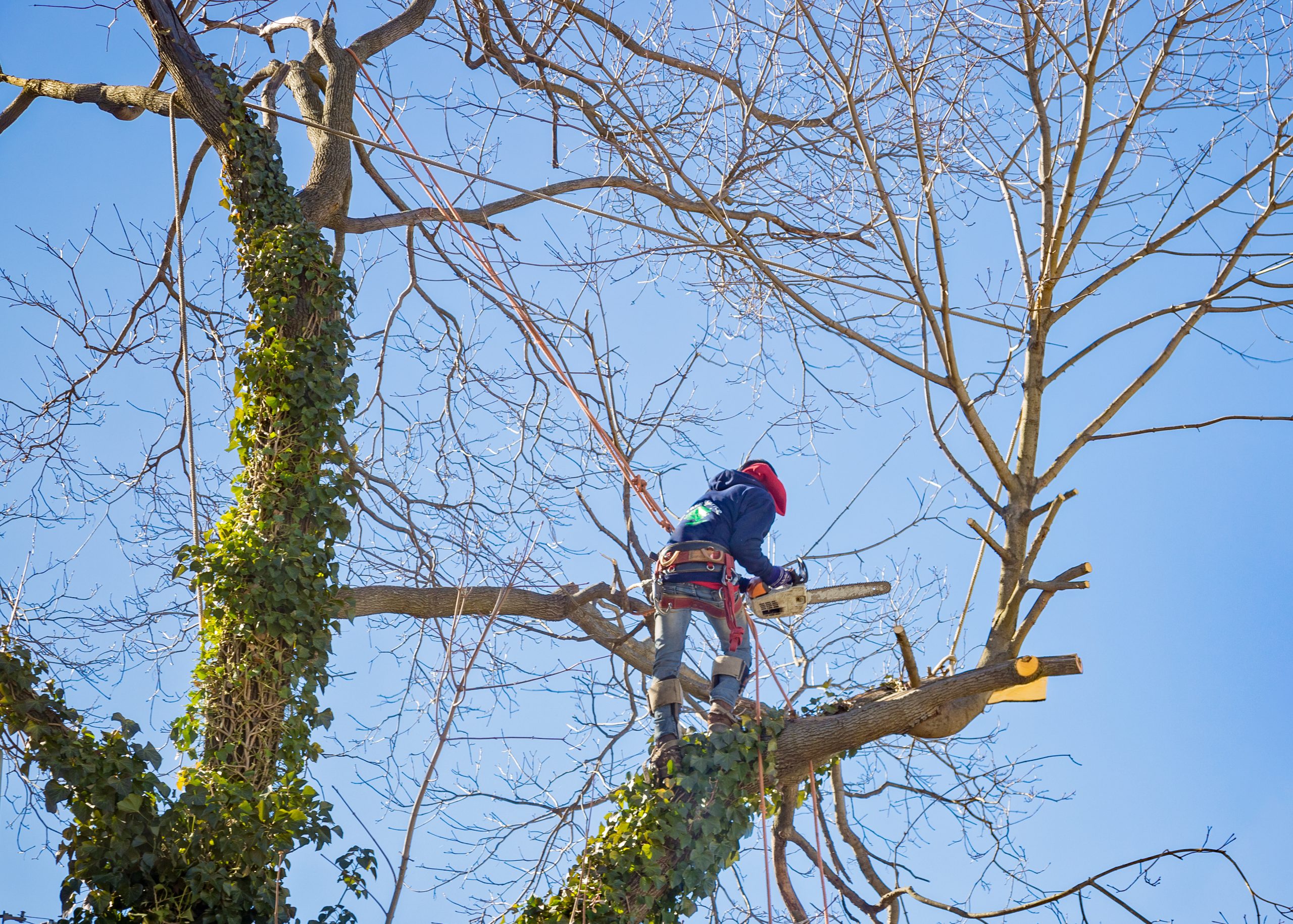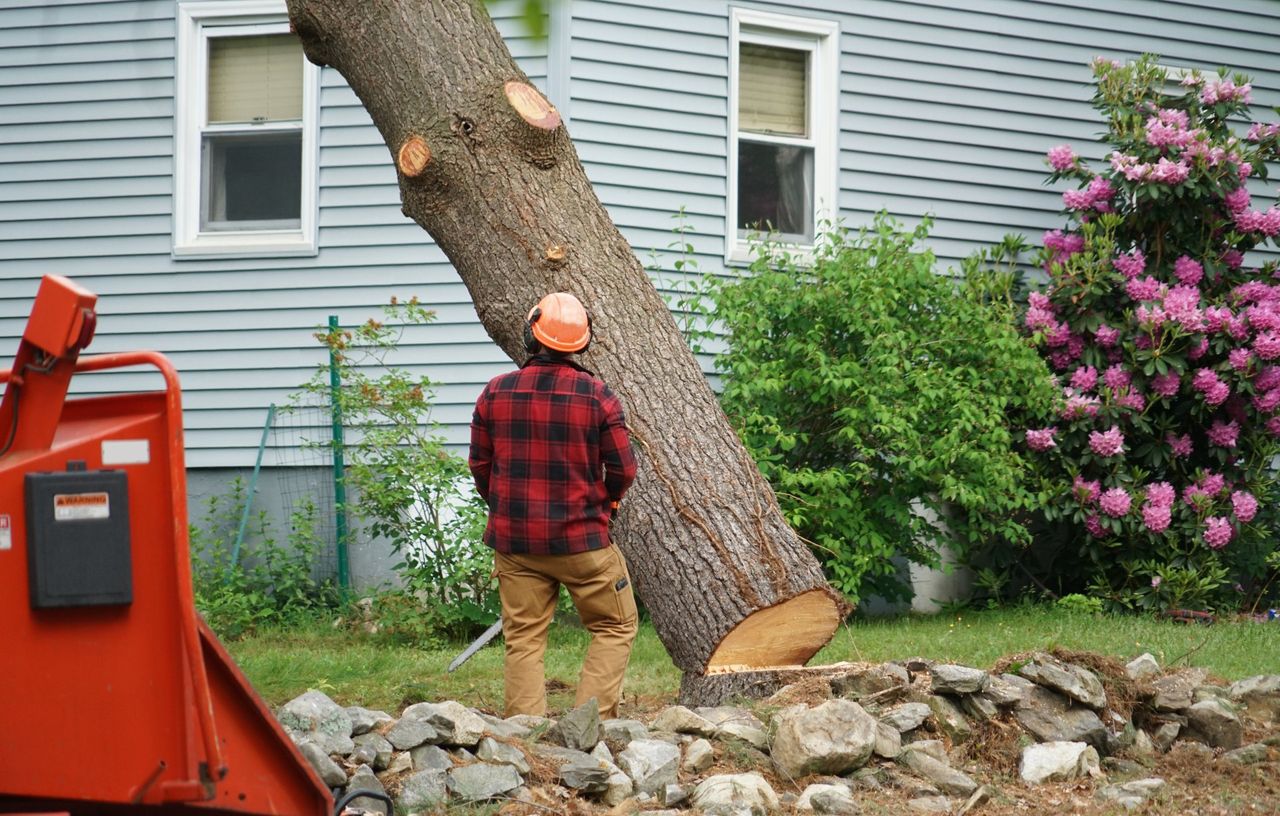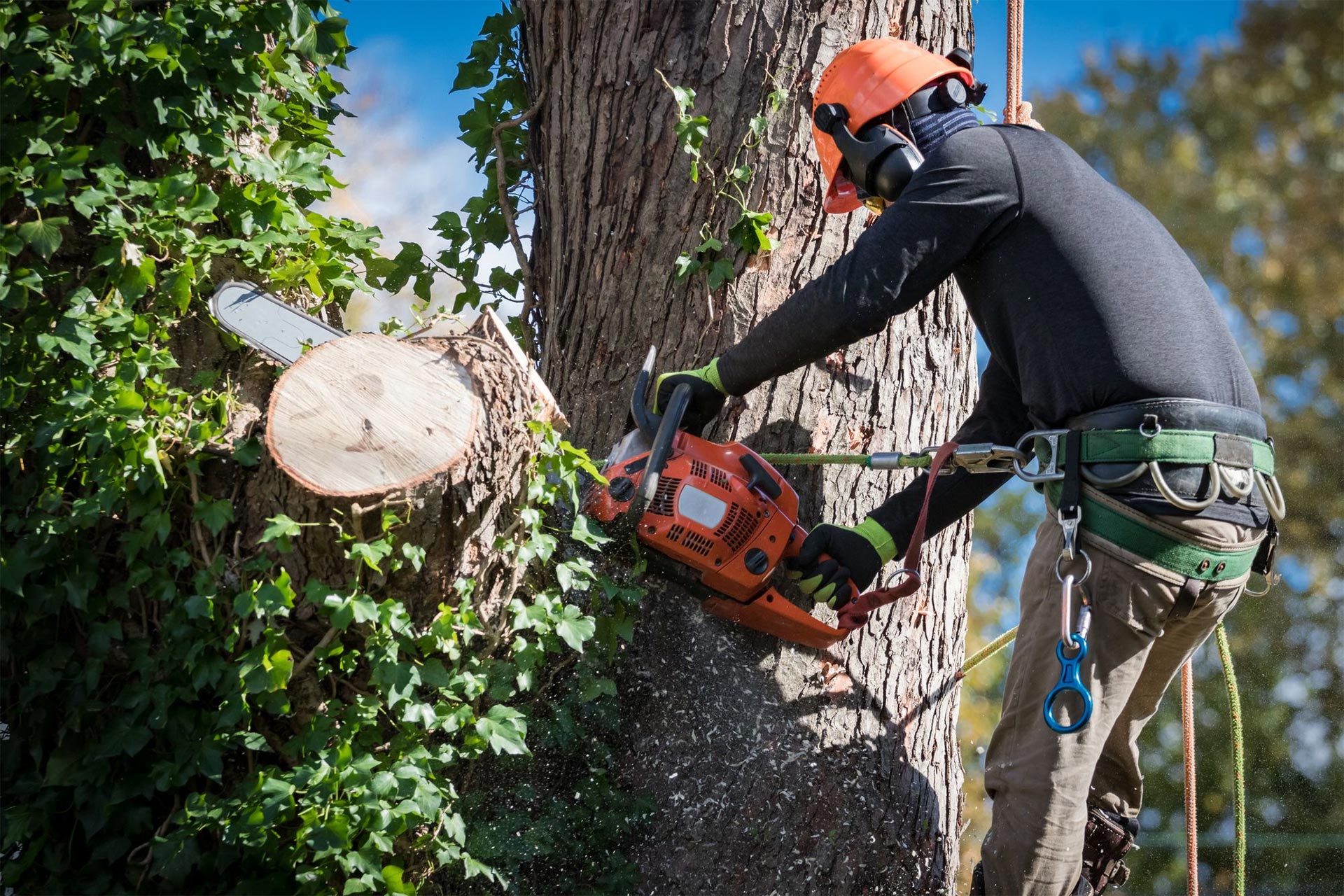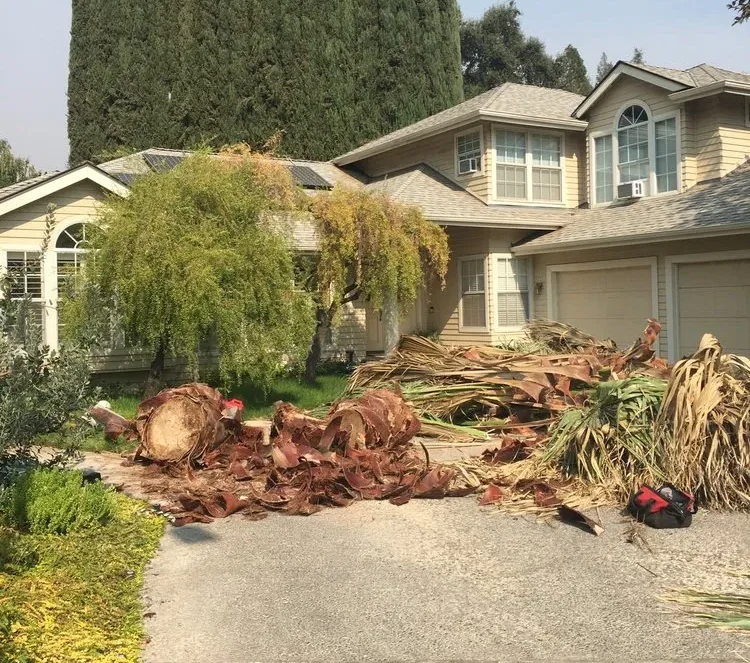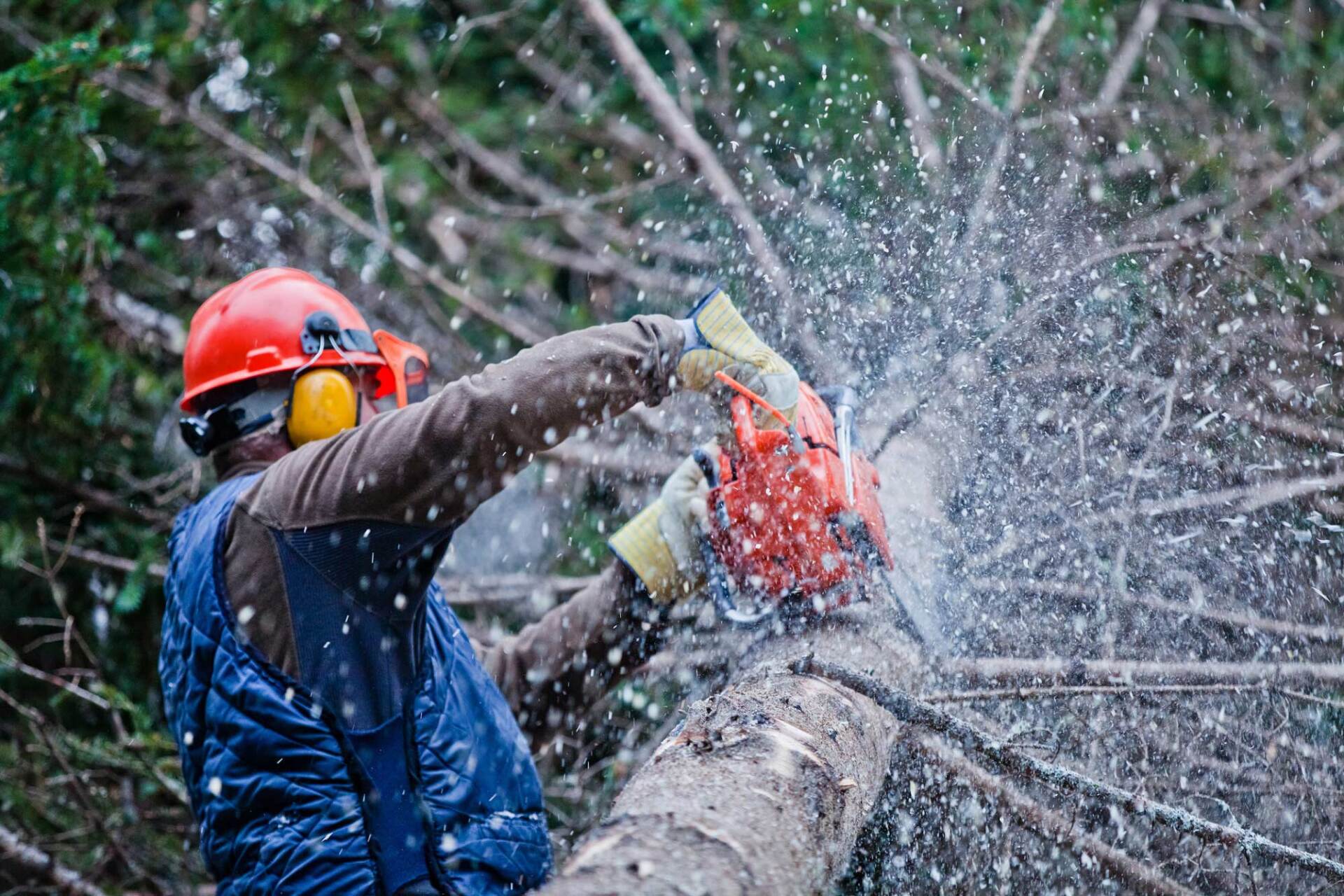In times of storm recovery, local tree debris haul away services play a vital role in restoring communities. The aftermath of severe weather often leaves behind a trail of fallen trees and branches, obstructing roads and posing safety hazards. These services swiftly clear the debris, enabling essential access for emergency vehicles and utility crews. By efficiently removing tree debris, these services expedite the recovery process, allowing neighborhoods to rebuild and residents to resume normalcy. With their expertise and equipment, local haul away services ensure a prompt and thorough cleanup, contributing significantly to the restoration efforts post-storm.
Importance of Storm Debris Cleanup
Property Protection
Local tree debris haul away services play a crucial role in promptly removing storm debris to prevent further property damage. Timely cleanup helps avoid additional destruction to homes, buildings, and infrastructure.
Debris left unattended can clog drainage systems, leading to flooding during subsequent rainfalls. This can result in costly repairs and prolonged disruptions in the affected areas.
Community Restoration
The cleanup work after a long storm debris cleanup is vital for restoring community aesthetics and safety. Efficient removal of debris enhances the visual appeal of neighborhoods and public spaces.
By clearing hazardous tree debris from streets and parks, these services contribute to creating a safer environment for residents and visitors alike. The removal of fallen trees and branches also facilitates easier access for emergency vehicles during recovery efforts.
Health Hazards
Decaying tree debris poses potential health hazards due to the growth of pests and mold. Untreated debris can attract insects like mosquitoes, increasing the risk of vector-borne diseases.
Moreover, mold growth on damp wood can lead to respiratory issues and allergies among individuals exposed to the affected areas. Proper cleanup not only eliminates these health risks but also ensures a healthier living environment for everyone in the community.
Understanding Tree and Storm Damage
Types of Damage
Tree damage caused by storms can manifest in various ways, such as uprooting due to strong winds or broken limbs from heavy rainfall. These types of damage not only affect the tree’s aesthetics but also pose safety risks.
Tree Species Susceptibility
Different tree species exhibit varying levels of resilience to storms. While some trees may withstand severe weather conditions, others are more prone to damage. Understanding these differences is crucial for effective storm recovery efforts.
Long-Term Effects
After a storm, trees that have sustained damage may experience long-term effects on their health and stability. Experienced tree experts recommend assessing the extent of the damage to determine the best course of action for storm restoration.
How Tree Services Aid Recovery
Assessment Process
Tree service professionals conduct a comprehensive assessment to determine the extent of storm damage. They inspect trees for structural integrity and assess potential risks. By identifying hazardous trees, they prioritize removal to ensure safety.
Debris Clearing Methods
Emergency tree cleanup services utilize cutting-edge techniques to clear debris efficiently. They employ specialized equipment like cranes and chippers to remove fallen trees and branches. Tree care businesses focus on minimizing further damage during the cleanup process.
Tailored Recovery Plans
Quality tree service solutions involve creating tailored recovery plans based on individual property conditions. By considering factors such as tree health and landscape layout, tree professionals develop customized strategies for restoration. This approach ensures effective and sustainable recovery efforts.
Collaborating with Insurance Providers
Documenting Process
When documenting storm damage for insurance claims, homeowners need to provide detailed information. They must take photographs and videos of the affected areas, noting the extent of the damage.
Navigating Requirements
Tree services play a crucial role in helping homeowners navigate insurance requirements. They assist in assessing the damage accurately, ensuring that all necessary information is included in the claim.
Benefits of Professional Evaluations
Having professional evaluations included in insurance proposals offers several benefits. These evaluations provide detailed reports on the extent of the damage, helping insurers understand the scope of the claim.
Responsibilities in Disaster Cleanup
Homeowner Obligations
Homeowners bear the responsibility of clearing debris from their properties after a disaster strikes. This includes removing fallen trees, branches, and other debris to ensure safety and prevent further damage.
It is crucial for homeowners to segregate different types of debris for proper disposal. Separating green waste, such as branches and leaves, from construction materials like wood and metal, facilitates recycling efforts.
Municipal Duties
Municipalities are tasked with managing debris removal from public spaces like roads and parks. They coordinate cleanup efforts to restore normalcy after a disaster.
Local governments often provide curbside pickup services for residents to dispose of storm debris conveniently. These services help streamline the cleanup process and maintain community safety.
Understanding Local Regulations
Understanding local regulations regarding storm debris disposal is essential for homeowners. Municipalities enforce guidelines on how and where debris should be disposed of to prevent environmental hazards.
Failing to comply with regulations can result in fines or legal consequences. By following these rules, homeowners contribute to a safer and more sustainable recovery process.
Professional Cleanup Services
Engaging professional tree debris haul away services is crucial for efficient cleanup post-disaster. These experts have the equipment and expertise to safely remove large trees and heavy debris.
Professional services ensure thorough cleanup, reducing the risk of accidents and property damage. They also expedite the recovery process, allowing homeowners to resume normalcy sooner.
Pros:
- Expertise in handling large-scale debris removal
- Efficient cleanup process, saving time and effort for homeowners
Cons:
- Cost associated with hiring professional services
- Dependence on external assistance for cleanup tasks
Professional Cleanup Process Overview
Safety Protocols
Professionals prioritize safety during storm cleanup to prevent injuries and accidents. They conduct thorough site assessments to identify hazards before starting any work. Safety gear such as helmets, gloves, and protective clothing is worn at all times.
Professionals also implement safety protocols like securing unstable structures, marking off dangerous areas, and ensuring proper ventilation in enclosed spaces. By following these protocols, they minimize risks and create a secure environment for both themselves and others involved in the cleanup process.
Tools and Equipment
Specialized tools and equipment play a crucial role in ensuring an efficient cleanup process. Professionals use chainsaws to cut down fallen trees and branches, while wood chippers help in breaking down larger debris into manageable pieces for removal. Heavy-duty trucks are utilized to transport the debris to designated disposal sites.
Moreover, professionals rely on personal protective equipment (PPE) such as goggles, masks, and steel-toed boots to safeguard themselves from potential hazards. Ropes and harnesses are used when working at heights to prevent falls, emphasizing the importance of proper safety measures throughout the cleanup operation.
Step-by-Step Approach
- Assessment: Professionals begin by assessing the extent of the damage caused by the storm, identifying areas that require immediate attention.
- Clearing Debris: Using chainsaws and wood chippers, they clear away fallen trees, branches, and other debris obstructing roads or properties.
- Transportation: Debris is loaded onto trucks and transported to disposal sites following local regulations for waste management.
- Cleanup: Once the major debris is removed, professionals conduct a thorough cleanup of the area to ensure no hazardous materials or sharp objects remain.
- Final Inspection: A final inspection is carried out to confirm that the site is safe and free from any potential dangers.
Benefits of Hiring Local Experts
Local Knowledge
Local professionals bring valuable expertise in assessing storm damage and understanding the specific needs of the community. They are familiar with the local terrain and common issues, enabling them to provide tailored solutions efficiently.
Their experience allows them to identify potential hazards that may not be apparent to an outsider, ensuring a thorough cleanup process that prioritizes safety. By leveraging their knowledge, local experts can address critical areas promptly, minimizing risks and expediting the recovery process.
Time Efficiency
Hiring professionals for tree debris haul away services saves significant time compared to attempting a DIY cleanup. Local experts have the necessary equipment and manpower to handle tasks swiftly and effectively, streamlining the entire process.
Instead of spending days or weeks clearing debris on your own, entrusting the job to professionals ensures a quick turnaround. This time-saving benefit is crucial during storm recovery when prompt action is essential to prevent further damage and restore normalcy.
Cost-Effectiveness
While some may consider DIY cleanup as a cost-saving measure, the long-term benefits of hiring professionals outweigh the initial investment. Professional services help prevent future issues by addressing underlying problems and implementing sustainable solutions.
Addressing Post-Storm Hazards
Potential Hazards
After a storm, unstable trees pose significant risks, potentially falling unexpectedly and causing harm. These hazards are often hidden among the debris, making them difficult to detect.
Ongoing Assessments
Regular evaluations are crucial for identifying hidden dangers that may not be immediately apparent. Professional services can conduct thorough inspections to ensure all risks are identified and addressed promptly.
Role of Professional Services
Professional tree debris haul away services play a vital role in mitigating risks associated with post-storm conditions. Their expertise allows for safe removal of debris and hazardous trees, reducing the likelihood of accidents.
Restoring Property to Normal
Replanting Process
After a storm, property owners face the daunting task of restoring their landscapes. The first step involves removal of fallen trees and debris to ensure safety and prevent further damage.
Replanting plays a crucial role in reviving the greenery of the area. Community efforts to replant trees and shrubs not only enhance the aesthetic appeal but also contribute to environmental sustainability.
Landscape Design Importance
In the process of storm recovery, landscape design holds significant importance. Proper planning and execution of landscaping activities can help mitigate future risks and enhance the overall resilience of the utility infrastructure.
Effective landscape design post-storm involves selecting suitable tree species that are resilient to extreme weather conditions. Incorporating native plants in the design promotes biodiversity and supports local ecosystems.
Community Resilience Enhancement
Community involvement is key to successful restoration efforts after a storm. By engaging residents in the replanting and restoration process, neighborhoods foster a sense of unity and solidarity.
Active participation from the community not only accelerates the recovery process but also strengthens social bonds. Collaborative initiatives such as neighborhood clean-up drives and tree planting events instill a sense of pride and ownership among residents.
Pros:
- Accelerates recovery process
- Strengthens community bonds
Cons:
- Requires coordinated efforts
- Dependency on community engagement
Neighborhood Recovery Initiatives
To enhance neighborhood resilience post-storm, various recovery initiatives can be implemented. Establishing local tree debris haul away services ensures prompt removal of fallen trees and debris, minimizing hazards and facilitating restoration activities.
Moreover, organizing workshops on proper tree care and maintenance equips residents with essential knowledge to preserve the newly planted greenery. These initiatives not only aid in immediate recovery but also contribute to long-term sustainability.
Final Remarks
In the aftermath of a storm, the urgency of clearing debris cannot be overstated. Understanding the impact of tree damage and the crucial role that local tree debris haul away services play in facilitating recovery is key. By collaborating with experts, taking responsibility, and ensuring a thorough cleanup process, you pave the way for a safer and faster restoration of your property to its pre-storm condition.
Remember, swift action is essential in mitigating post-storm hazards and expediting the recovery process. By entrusting the cleanup to local professionals, you not only ensure a thorough job but also benefit from their expertise in navigating insurance claims. Stay proactive, prioritize safety, and act promptly to restore normalcy after a storm. Your property’s recovery and your peace of mind depend on it.
Ensure Safety with JC Tree Service’s Professional Tree Debris Haul Away
Keeping your yard clean and safe is essential, and JC Tree Service is here to provide expert tree debris haul away services for your home or business. Whether you’re looking to clear your property after tree removal, manage storm debris, or simply maintain a tidy landscape, our skilled team is ready to handle all your tree debris haul away needs in Brentwood, Antioch, and surrounding areas.
Understanding the importance of proper yard maintenance, we focus on delivering efficient, environmentally-friendly debris removal tailored to your specific requirements. Our tree debris haul away services are crucial not only for keeping your yard clean but also for ensuring the safety of your property and loved ones. By removing heavy branches, leaves, and other debris, we help prevent hazards, improve curb appeal, and create a more manageable outdoor space. With JC Tree Service, you can trust that your yard will be free of clutter and ready for whatever comes next.
Don’t let piles of tree debris take over your property. Contact JC Tree Service today to learn how our professional tree debris haul away services can enhance the safety and appearance of your yard. We offer a free, no-obligation quote to help you get started. Experience the difference that expert debris removal can make!
Disclaimer
The materials available on this website are for informational and entertainment purposes only and not to provide legal or professional advice. You should contact your attorney or home improvement specialist to obtain advice concerning any particular issue or problem. You should not act or refrain from acting based on any content included in this site without seeking legal or other professional advice. The information presented on this website may not reflect the most current home improvement developments. No action should be taken in reliance on the information on this website. We disclaim all liability concerning actions taken or not taken based on any or all of the contents of this site to the fullest extent permitted by law.
